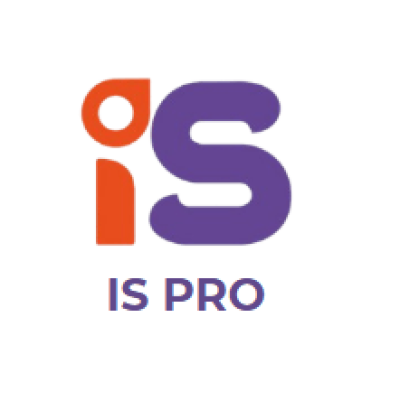Emiratisation: Reshaping the Future of Recruitment and Workforce Planning in the UAE
Over the last few years, the United Arab Emirates has made a concerted effort to place more Emirati nationals in the private workforce through a strategy known as Emiratisation. What began as a national policy has evolved into a dynamic transformation tool that is now reshaping recruitment strategies, operational budgets, and workforce planning across the country. As companies adjust to new compliance requirements, government incentives, and shifting workforce expectations, Emiratisation is no longer just an HR initiative, it’s a critical component of strategic business planning.
At its core, Emiratisation is about building a sustainable and inclusive economy where UAE nationals play a central role in shaping the future of the country. While public sector roles have traditionally attracted most Emirati job seekers due to stability and attractive benefits, the UAE government is actively driving a shift toward the private sector by introducing quotas, penalties, and incentives. This policy push has required companies to rethink how they approach hiring, training, and retaining talent.
Recruitment strategies have undergone significant changes as a result. Hiring Emiratis is no longer simply about fulfilling a legal obligation, it is now about tapping into a growing pool of educated, skilled, and highly motivated local talent. Companies are investing in employer branding strategies that appeal to Emirati candidates, focusing on offering career development opportunities, mentorship programs, and culturally aligned workplaces. Recruitment teams are increasingly collaborating with government platforms such as Nafis to access qualified Emirati applicants and to remain informed on compliance metrics.
Moreover, operational budgets are being adjusted to accommodate the new reality. Attracting Emirati talent often requires competitive salary packages, clear career pathways, and investment in upskilling programs. Businesses are allocating funds toward internships, training schemes, and onboarding programs tailored specifically to nationals. For many firms, this means balancing existing salary structures and resource allocation while also meeting their Emiratisation targets. On the flip side, companies that embrace Emiratisation effectively may also benefit from government subsidies, fee waivers, and access to national development programs that support long-term growth.
Workforce planning has also evolved. Instead of reactive hiring, companies are taking a more proactive approach to succession planning and talent development. Emiratisation has encouraged organizations to think long-term, identifying roles that can be localized and developing a roadmap to prepare UAE nationals for those positions. This has also created a shift in HR priorities—from just filling vacancies to building internal capabilities, knowledge transfer mechanisms, and retention strategies for Emirati employees.
One of the more nuanced challenges is ensuring meaningful integration rather than token hiring. Many businesses now recognize that success lies not just in meeting quotas, but in creating environments where Emiratis can thrive and contribute meaningfully. This involves fostering inclusive workplace cultures, promoting cross-cultural communication, and measuring success beyond compliance through performance, engagement, and employee satisfaction.
In conclusion, Emiratisation is more than a policy it is a transformative movement that is influencing the very foundations of how businesses operate in the UAE. Recruitment is becoming more localized, budgets are becoming more strategic, and workforce planning is being viewed through a national lens. Companies that embrace this change proactively are not only contributing to the country’s vision but are also positioning themselves for long-term resilience and growth in an evolving talent landscape.
In conclusion, Emiratisation is more than a policy it is a transformative movement that is influencing the very foundations of how businesses operate in the UAE. Recruitment is becoming more localized, budgets are becoming more strategic, and workforce planning is being viewed through a national lens. Companies that embrace this change proactively are not only contributing to the country’s vision but are also positioning themselves for long-term resilience and growth in an evolving talent landscape.

